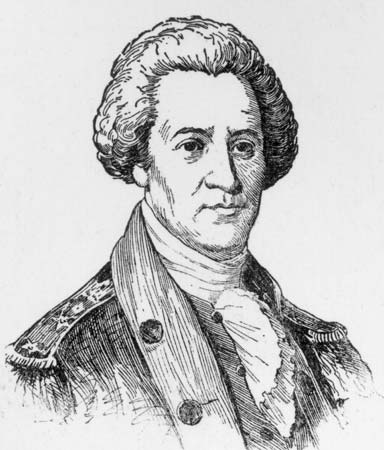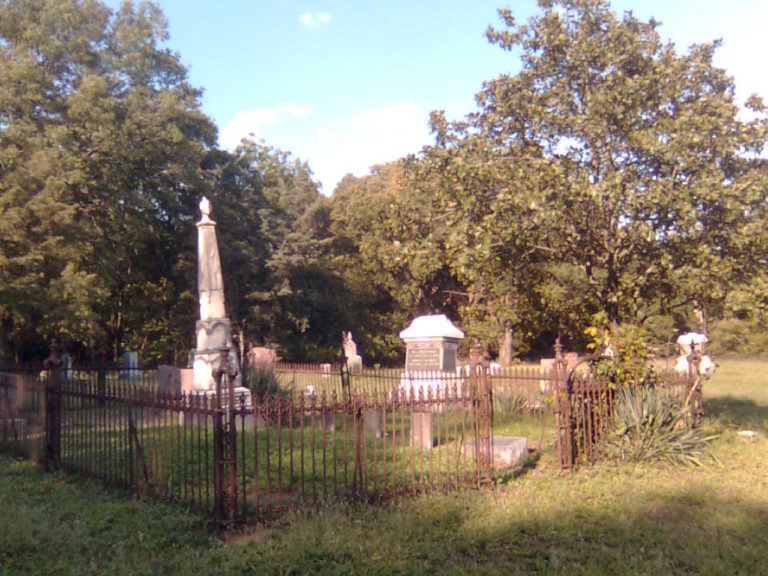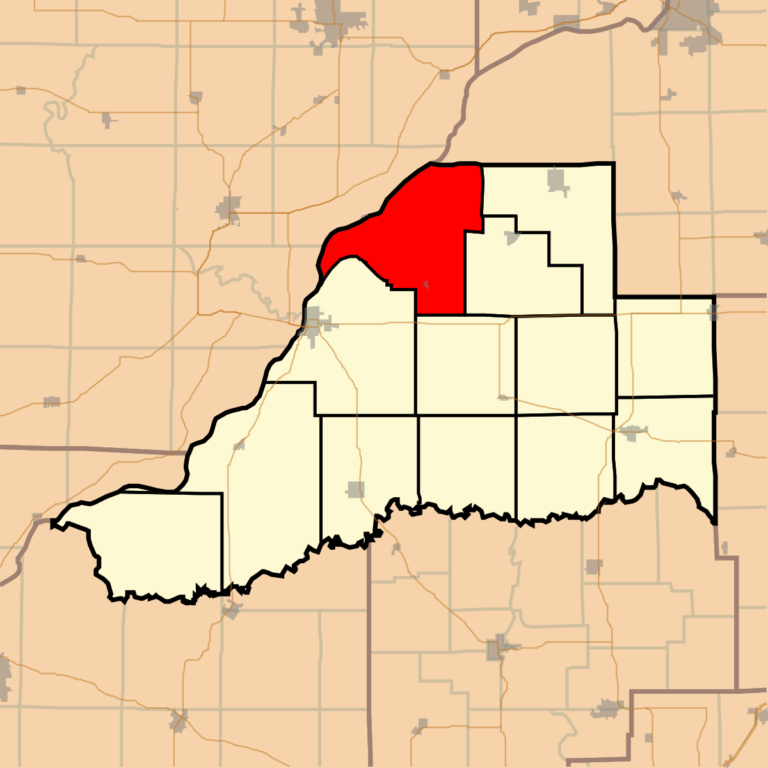History of Manito Township part 2
MANITO TOWNSHIP PART 2
As early as 1850, we may add to the list of names already given, those of Jacob Jacobs and family, James Overton, Amos Ganson, William and Nult Green, and that of Col. Robert S. Moore. Jacobs was from New York and Overton from Kentucky. Amos Ganson settled in Egypt, southeast of Manito, and opened a blacksmith-shop, the first in the township. Col. Moore was originally from Kentucky. His parents settled in Sangamon (now Menard) County, in 1837. He was a soldier in the Mexican war, and participated in the battles of Vera Cruz, Cerro Gordo, etc. He located his land warrant in Manito Township, and became a resident of the county in April. 1849. He was the founder of the village of Spring Lake, a village established at the head of a small lake of the same name, near the boundary line between Tazewell and Mason Counties. He built a grain warehouse here as early as 1850 or 1851, and engaged in buying a shipping grain.
 John Pemberton, Emery Hall, Matthew Langston, James M. Langston, M. W. Rodgers, James K. Cox and his son Robert M. Cox, Riley Morris and John 0. Randolph were citizens of Manito Township as early as 1851. Pemberton and Hall may possibly have come as early as 1849. The others all came in 1850, except the Coxes, who came in 1851. The Langstons came from Tennessee to that part of Morgan County afterward included within the limits of Scott County, and from Scott to Mason. Rodgers was from Kentucky. The Langstons and Rodgerses purchased the pre-emption rights and improvements of James McCoy, who had settled just across the line in that part of Tazewell County lying east of Manito Township. Matthew Langston had served in the war with Mexico, and laid his land warrant in Section 1, Manito Township. James M. Langston located in the same section, and Rodgers just north of the Langstons, on Section 35.
John Pemberton, Emery Hall, Matthew Langston, James M. Langston, M. W. Rodgers, James K. Cox and his son Robert M. Cox, Riley Morris and John 0. Randolph were citizens of Manito Township as early as 1851. Pemberton and Hall may possibly have come as early as 1849. The others all came in 1850, except the Coxes, who came in 1851. The Langstons came from Tennessee to that part of Morgan County afterward included within the limits of Scott County, and from Scott to Mason. Rodgers was from Kentucky. The Langstons and Rodgerses purchased the pre-emption rights and improvements of James McCoy, who had settled just across the line in that part of Tazewell County lying east of Manito Township. Matthew Langston had served in the war with Mexico, and laid his land warrant in Section 1, Manito Township. James M. Langston located in the same section, and Rodgers just north of the Langstons, on Section 35.
These were among the earliest settlements made on the prairie any considerable distance from the timber. Joseph Leese settled in the immediate neighborhood in the summer of 1850. He came from England,. and, after a residence of fourteen or fifteen years, sold out and returned to his native land. James K. Cox was a native of Virginia. In 1810, he emigrated to Tennessee, thence to Madison County, 111., in 1819. From there he removed to Morgan County in 1822, and, in 1851, to Mason County, locating on the site of the present village of Manito. During the years 1851, 1852 1853, 1854 and 1855, the prairie portion of the township settled up very rapidly, so that any attempt to give the names of settlers and the order of their coming in would be utterly vain. With this somewhat hasty glance at the early settlements of the township, we will proceed at once to note, somewhat,, the general appearance of the country as it appeared to the early pioneer, and some of the many difficulties with which he had to contend in procuring and establishing a home for himself and those dependent upon him.
GENERAL FEATURES, ETC.
When the first settlers came, the prairie, stretching back east from the river presented to the eye a grand and imposing scene. As far away as the eye could reach, the tall, blue- stem prairie grass was waving in the autumn breeze like a boundless sea. This, with the myriads of flowers of all hues and colors interspersed, awakened feelings of admiration which the finest landscape gardening fails to inspire. Nature had wrought a work which art can never equal. Many of the flowers planted and nourished by the hand of Nature’s God far surpassed in delicacy and beauty those of rarest culture of to-day. Every fall, the whole face of the country was swept over by fire, the flames of which would reach high up toward the heavens, then swoop down, reaching a hundred feet ahead, taking into their grasp the tinder-like material. None but those who have seen our prairie fires of twenty or thirty years ago can comprehend their magnificent grandeur. At the date of the earliest settlements, game of all kinds abounded in plenteous profusion. It was by no means an uncommon thing to see herds of deer ranging in numbers of from seventy-five to one hundred, and their course was plainly marked by the parting of the tall grass. Often times would they approach within rifle-distance of the pioneer’s cabin, and many the fine fat buck or juicy doe that paid the forfeit of its life for this act of forwardness. Oftentimes, too, would they put the husbandman’s labor to naught by completely destroying his patch of ” garden-sass “in a single night.
Wild geese, ducks, cranes and other water-fowls were here in abundance, and were not a little source of annoyance to the early settlers in the destruction of their crops. Sometimes, an entire field of wheat would be destroyed in a few days by flocks of geese, as the biting of the geese seemed to poison the tender plant and utterly destroy it. The wily wolf and artful fox came in for their share of depredations, in robbing hen-roosts, pigsties and sheep-cotes ; and what a wolf didn’t know about howling wasn’t worth knowing. When Abel Maloney, who has already been mentioned as one of the earliest settlers, first came, he brought with him his two oldest boys, William and John, together with some stock. After erecting his log cabin, he returned to Menard County for his companion and the rest of the family. The boys were left to take care of
the house and look after the stock. William, who now resides in the village of Manito, thus relates his experience :
” Soon after my father left us, a continuous rain set in, by which the Sangamon and it tributaries were so swollen that he was unable to return until after the lapse of four long weeks. During that period, we looked upon no human face save that of each other. At night, we would take the geese, ducks and chickens, along with the dogs, into the cabin and securely bar the doors, preparatory to trying to sleep. As soon as the twilight began to deepen, the wolves began their orgies. Between the squealing of the hogs and the howling of the wolves, night was rendered hideous and sleep seemed to be forever divorced from our eyelids. Indeed, we sometimes feared, from the vigor with which they howled around our cabin and scratched at its rude door, that they might affect an entrance and make mincemeat out of our poor little bodies ere the coming of the gray morning in the east should force them again into their secret coverts. Not a hog was left out of the number brought, on my father’s return. You may imagine we welcomed the old folks right heartily when they did put in an appearance.”
Coon Grove was so named from the vast number of coons found there in an early day. The same authority states that, when they came in 1841, “the woods were full of ’em.” Many of the trees were hollow, and had beside them Indian ladders (saplings with the limbs cut off some distance from the body), and holes chopped into the trees evidently the work of the Indians, made in their attempts to catch “old Zip Coon.” At certain seasons of the year, Mr. Maloney states that they were wont to go, about sunset, and drive them from the fields like droves of sheep. They were very destructive to crops near the grove. While the early pioneers of this section were exempt from many of the” graver difficulties with which the settlers of other portions who had preceded them by a decade or more of years were forced to contend, yet theirs was by no means a life of ease and luxury. Homes were to be provided, farms to be made, and implements necessary to theirsuccessful cultivation to be procured. Money with them was scarce, for, generally speaking, they were men of limited means, who had left the more densely populated portions of our own country to try their fortunes in the great and growing West. Their milling was done, oftentimes, fifteen to eighteen miles away.
Their principal trading was done at Pekin, Mackinaw, Delavan and Havana. At these points, they sold their products and laid in their supplies of dry goods and groceries. In times of high-water, they would take their grists to Spring Lake by ox-team, and from thence in skiffs down through the lake, up the river, and thence, through Copperas Creek, to Utica, in Fulton County, rowing a distance of eight or ten miles. If a plow needed repairing, it must needs be carried to Pekin, Mackinaw or Havana. It took all summer to raise a crop, and all winter to deliver it. If we may credit the statements of their descendants, the early settlers of this section were not men of deep religious convictions. Although the invincible circuit-rider was among them at an early day, we. hear of no general religious awakening until comparatively a recent date. An unfailing indication that the Sabbath Day had dawned, was to see the women equipped with fishing-tackle, the men with their guns and accouterments, all parties moving out headed toward Spring Lake. Here the day was passed in pleasure seeking and merry-making.
Sometimes the men would stake off a race-course, and, attired in a garb which was rather an abridgment of a Hottentot’s costume, would indulge in foot-racing. We are by no means to conclude from this that they were savage in their dispositions, for none more hospitable to the stranger, or the one in need, could be found than the early settlers of Manito. It was simply their way of having sport. Fighting and quarreling were almost unknown amongst them ; and if a friendly fisticuff sometimes occurred, the combatants generally left the battle-field good friends. They did not forget nor neglect the early educational interests of their children. Consequently,we find them at an early day in their history building a schoolhouse, and maintaining a school by subscriptions.
The first schoolhouse in the township was erected near the site of the present residence of William Starritt, in Coon Grove. It was constructed of round logs, notched down at the corners, and was chinked and daubed after the approved pioneer style. The building was sixteen feet square, had one window of three lights, 8×10, and a door of entrance. It may have been a little dark for purpos es of study on a cloudy day, but it was certainly admirably adapted to weak eyes. It was covered with clapboards, and when it rained drops came down about as well inside as out, though not quite as fast. Stephen W. Porter is given as the first Solon who directed the footsteps of the aspiring youth of Manito up the rugged steeps of science.
The second school building was a hewed-log house, erected in the limits of the present village of Manito. Miss Adeline Broderick and Mrs. Rachel Ott were among the first teachers in this house. At present the township has seven school buildings, each a neat frame, supplied with the more modern improvements for the comfort of the pupils. From the Treasurer’s last report to the County Superintendent, we find the principal of the township fund to be $2,963 ; amount of tax levied. $1,925 ; value of school property, $2,100 ; number of scholars under twenty-one (including color), 178 ; between six and twenty-one, 195 ; males between six and twenty-one, 130 ; females, 139 ; highest wages paid male teachers, $50 ; highest paid females, $55 ; ‘total amount paid for school purposes, $1,316.50 ; males between twelve and twenty-one unable to read and write, 2 ; cause, neglect of parents and willful neglect of child.
EARLY POST OFFICES, PREACHERS, DOCTORS, ETC.
The first post office established in Manito Township was kept by Col. R. S. Moore, at his residence, on what is now known as the P. W. Gay farm. This was established in 1851, on the route leading from Havana to Delavan. It was called Pilot Hill Post Office, after a high hill on the route, some three or four miles northwest of the point at which it was kept. A year or two later, it was moved farther south, toward Havana, to the residence of John Pemberton, who was the second Postmaster. At a still later date, it was taken to Berkstresser’s store, at a point called Egypt Station, and was re-christened with the name of Egypt Station Post Office. Finally, on the establishment of the village of Manito, and the consequent overthrow of Egypt Station, it was removed to Manito, and the name of the office was changed to that of the town.
Ministers, in connection with the Methodist, Baptist and Presbyterian Churches, came among the people in an early day, to preach to them the word of life. Meetings were held at the homes of the settlers. Rev. Caldwell, a Methodist minister, was, perhaps, the first who had regular stated appointments. The Baptist and Presbyterian brethren were not far behind him in point of time. At a later date, the ubiquitous Methodist itinerant, Peter Cartwright, was in their midst. He was present in 1852 or 1853, and conducted a camp-meeting at Walnut Grove, at which there was a great awakening among the people. Many were happily converted, and remained faithful workers in the ranks of the Church throughout the remainder of their lives. As late as the spring of 1865, he preached in the village of Manito, in the upper story of the building now occupied by Messrs. Burnett & Perrill as a general merchandise and drug store.
Dr. John Allen, who resided near Mcllarry’s mill, in what is now Quiver Township, was the first practitioner who sought to alleviate their aches and pains. Dr. Mastiller came at quite an early day. He was a student in the office of Dr. Allen. Dr. Holton, who located at Spring Lake, in Tazewell County, was also among the earlier practitioners. The first resident physician in the township was Dr. John B. Meigs, a young man who came in 1855 or 1856, and who still resides in the village of Manito. He came from Macoupin County. Others have followed, too numerous to mention.




